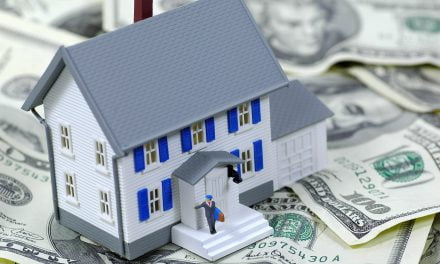The grass is always greener in Texas, right?
For many former Californians, that’s apparently true. Each year, Texas receives the highest net population gain from Californians moving out of state, followed by Washington and Arizona. In fact, California consistently loses more residents to other states than it gains in domestic migration.
There is a common misconception that California’s high taxes are to blame for the high number of residents who leave each year.
However, a direct line can be drawn between the loss of California’s cultural appeal and the rising cost of housing, explored in a recent opinion piece by economist Paul Krugman.
Since the 1970s when Baby Boomers were emerging as first-time homebuyers, California home prices have increased by roughly 300% — even after accounting for the intervening inflation. In other parts of the country (namely inexpensive states like Texas), post-inflation home prices have remained essentially the same or increased only marginally.
Meanwhile, real California incomes have increased roughly 33% over the same period. With home prices rising exponentially faster than incomes, many Californians have been forced to leave.
The result for California has been stagnating population growth, and beginning in 2019 and 2020, a decreasing population.
Related article:
California’s population is declining – but some cities are still growing
Zoning for growth
Population growth is essential for a healthy economy. For evidence, look no further than Japan’s waning economic influence in the last three or four decades, despite its technological dominance. As Japan’s working-age population has fallen, so has its economic output.
Is California doomed to follow in Japan’s footsteps?
Maybe. But not if state legislators take immediate steps to make living in California less expensive. At the top of the list is alleviating the major housing shortage that continues to push home prices and rents well beyond incomes.
To address the housing shortage, California lawmakers have already passed a number of laws focused on adding to the low- and mid-tier housing stock. And while some of these focus on adjusting zoning laws, more needs to be done.
Zoning ultimately restricts the amount of construction — especially multi-family construction. Thus, construction levels fall below housing demand, causing a supply-and-demand imbalance. With this imbalance, prices and rents rise rapidly, reducing the quality of life for all residents as homebuyers and renters collectively qualify for less house for their money. As households stretch their budgets to the max, less money is available to be spent on other sectors of the economy, reducing overall economic performance.
For real estate professionals, the stakes are life and death.
Today’s first-time homebuyer population is shrinking. Home sales volume has been flat-to-down over the past decade of recovery from the 2008 recession. Yes, home prices are rising rapidly, but they are unstable and unsupported by market fundamentals.
A stable, healthy housing market will only be achieved by allowing housing to make pace with demand. Until that occurs, Texas will continue to look enticing for Californians being pushed out by exploding housing costs.














